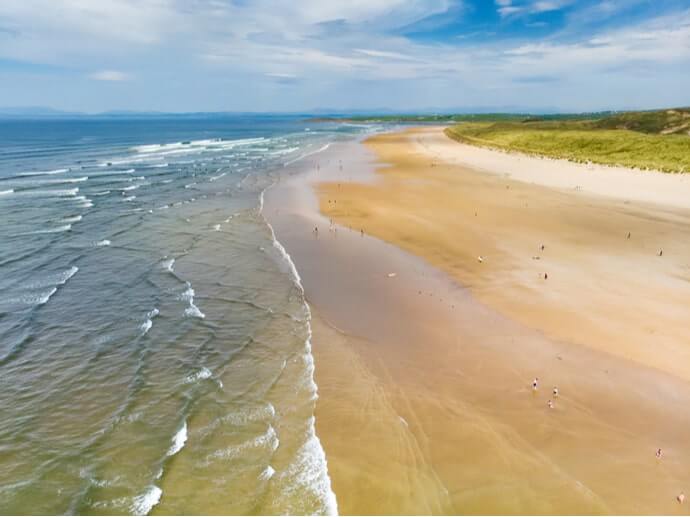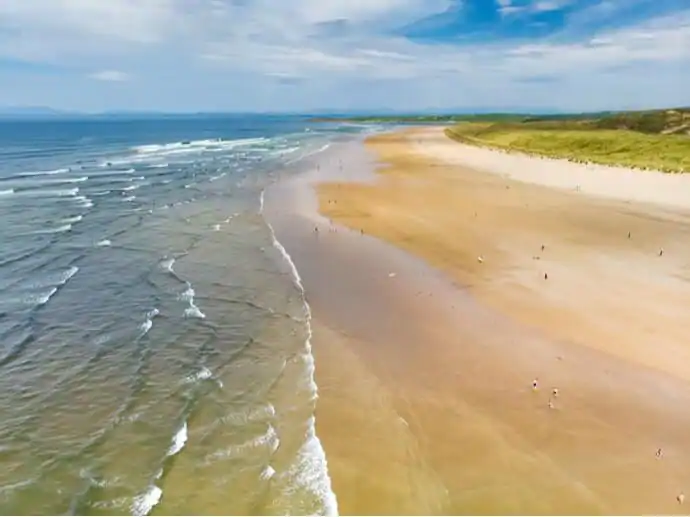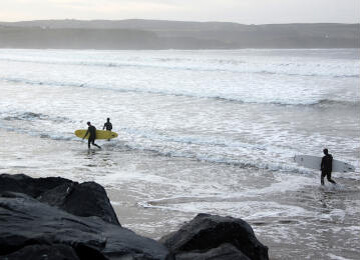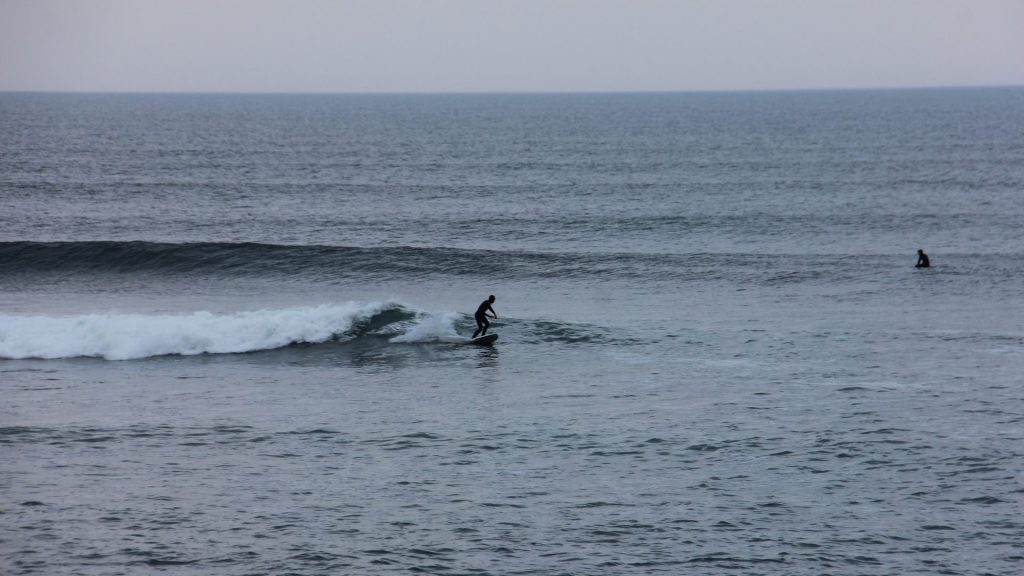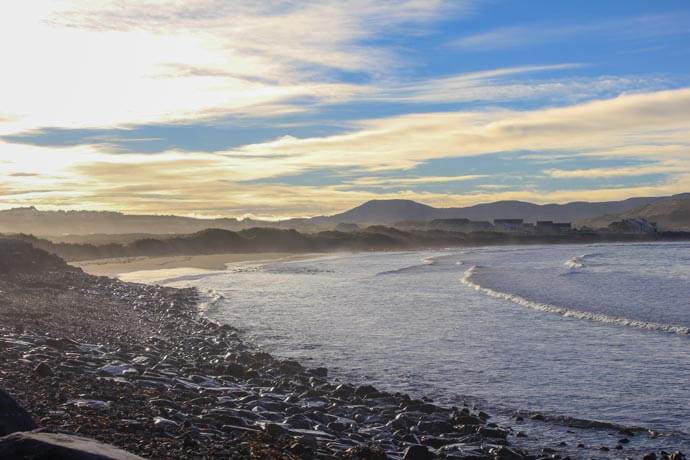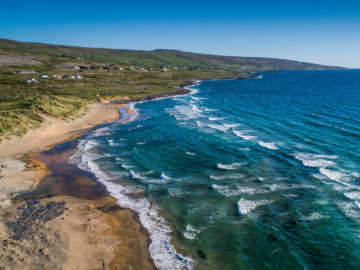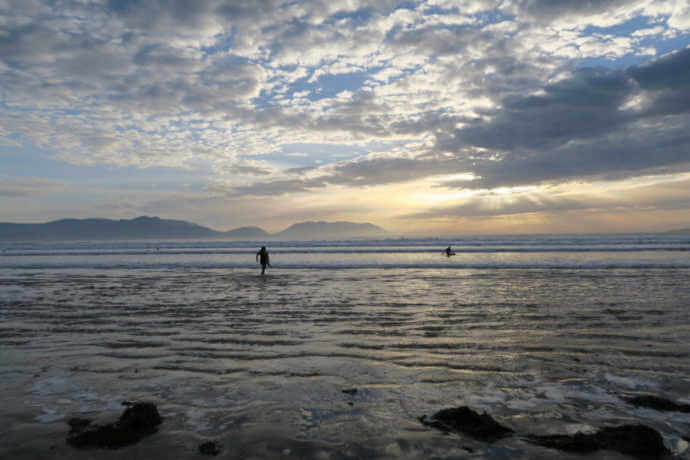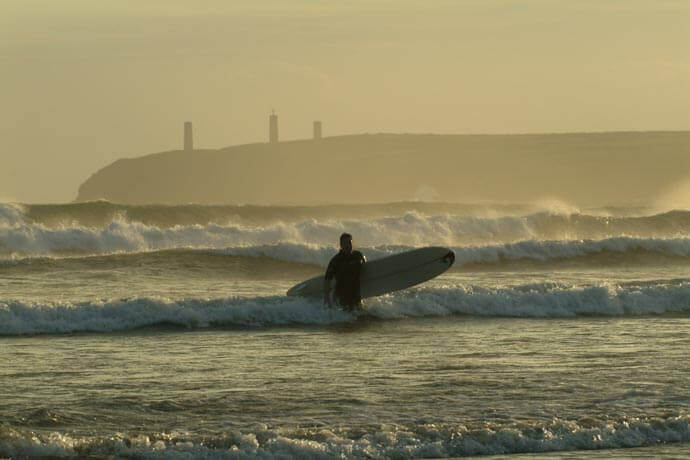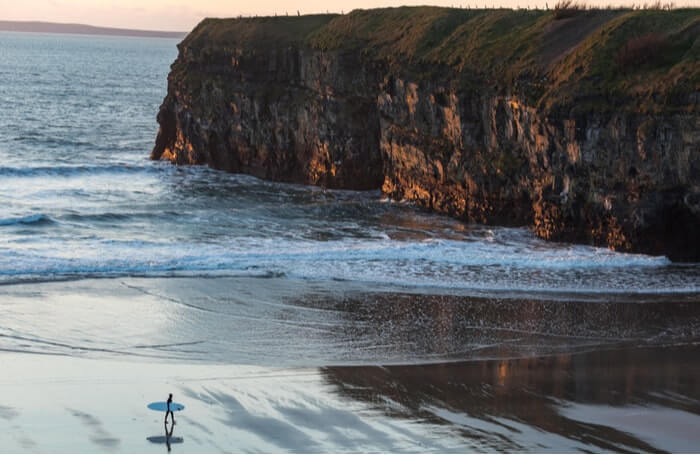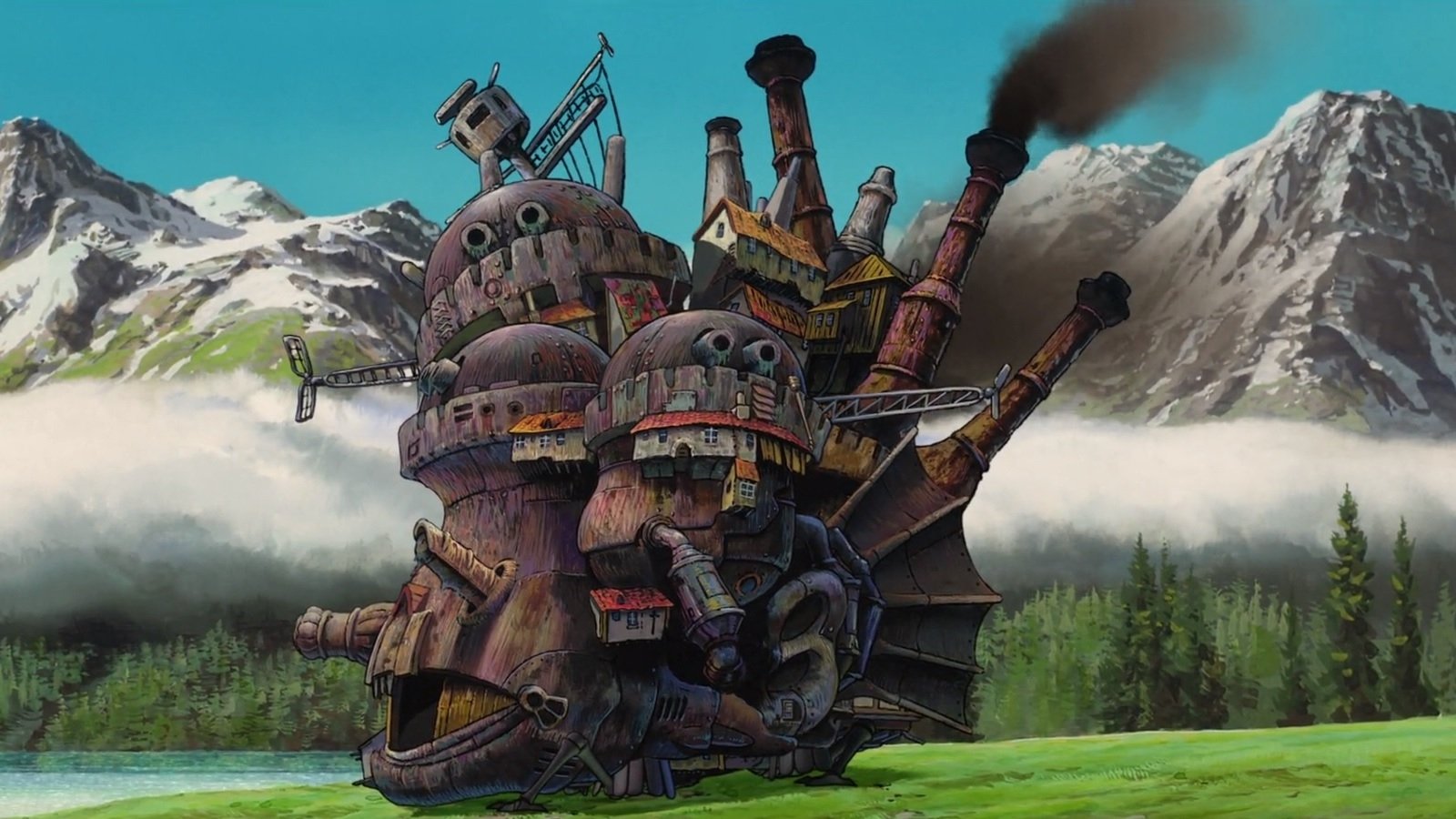Discover Pandipedia
Pandipedia is the world's first encyclopaedia of machine generated content approved by humans. You can contribute by simply searching and clicking/tapping on "Add To Pandipedia" in the answer you like. Learn More
Expand the world's knowledge as you search and help others. Go you!

The primary diet of carnivores, specifically the carnivore diet, consists entirely of meat and animal products, including beef, chicken, pork, fish, and eggs. It excludes all plant-based foods like fruits, vegetables, legumes, grains, nuts, and seeds, aiming for a zero-carb intake. This restrictive diet claims to support weight loss and improve various health issues, but lacks sufficient scientific research to back these claims[2][5][6].
While proponents argue it can lead to weight loss and other benefits, experts warn it may be high in saturated fat and cholesterol, increasing risks for heart disease and other health problems. Furthermore, the diet is deficient in essential nutrients such as fiber and certain vitamins[1][2][4][6].
Let's look at alternatives:
- Modify the query.
- Start a new thread.
- Remove sources (if manually added).
- Request a manual search from our human research team.

Mr. Cue testified that if Google and Apple couldn't reach agreement on revenue share, Apple would enter search, right?
MR. DINTZER[2]
That was the answer about the choice screen.
Professor Kevin Murphy[1]

And he's basically saying, why did you choose Google? He said he chose Google because it was the best for his customers.
Professor Kevin Murphy[1]
You know, I think if you're thinking about this -- I guess a starting point is the kind of classic textbook Econ 101 monopolist.
THE WITNESS[4]
But I know in the internal discussions they had at Apple, there was always a back-and-forth whether this was even a sensible path for them.
THE WITNESS[2]
Let's look at alternatives:
- Modify the query.
- Start a new thread.
- Remove sources (if manually added).
- Request a manual search from our human research team.
Get more accurate answers with Super Search, upload files, personalised discovery feed, save searches and contribute to the PandiPedia.
Mullaghmore
Famous for massive waves, it is crowned one of the best surfing spots in the world, with waves up to 15 meters high[4].
Strandhill
Offers reliable waves and is an ideal spot for surfers looking to challenge themselves with varying conditions[1][5].
Carrowniskey Strand
Popular surf location near Louisburgh, known for consistent surf breaks, making it great for novice surfers[2].
Inch Beach
A beautiful stretch of sand on the Dingle Peninsula, popular for good-sized waves and variety of breaks[1][2].
Rossnowlagh
Known for its long sandy beach and forgiving waves, perfect for beginners and hosting surfing events[1][5].

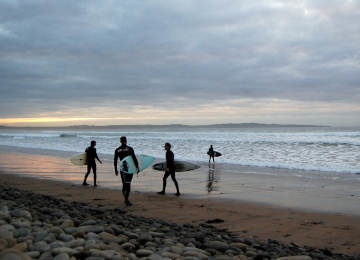
Mullaghmore Beach
Known for dramatic waves considered a pro-only spot, attracting advanced surfers[2].
Ballybunion
Recognized as one of north Kerry's best surf spots, suitable for various skill levels[4].
Spanish Point
Known for beach and reef breaks, offering both easy-going and challenging conditions[5].
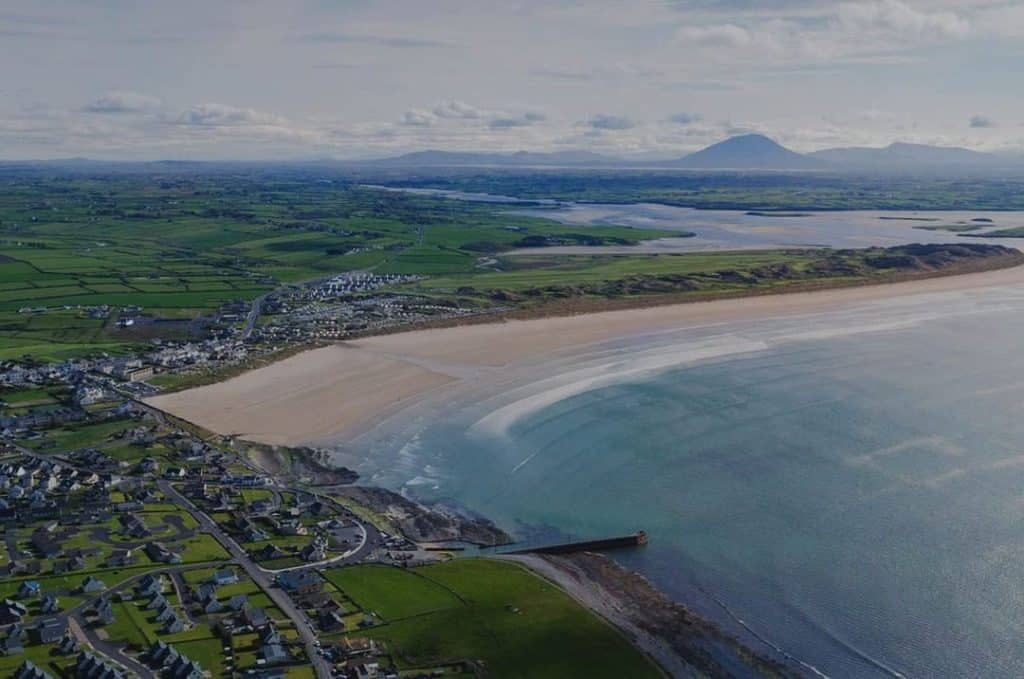
Let's look at alternatives:
- Modify the query.
- Start a new thread.
- Remove sources (if manually added).
- Request a manual search from our human research team.

Extreme weather conditions have become more frequent and severe due to climate change. This report synthesizes information from various sources to provide a detailed overview of the most extreme weather conditions on Earth, including record-breaking temperatures, intense rainfall, prolonged droughts, devastating wildfires, and powerful storms.
Temperature Extremes
Record High Temperatures
Death Valley, California, one of the hottest places on Earth, recorded a temperature of 56.7°C (134°F) in 1913. Although its accuracy is debated, a more recent reading of 54.4°C (129.9°F) was recorded in August 2020 and, if confirmed, could become the highest reliably measured temperature on record[1]. In 2023, Phoenix, Arizona, saw 31 consecutive days with temperatures exceeding 110°F (43.3°C), a significant increase over the average[12]. Similarly, parts of India experienced temperatures as high as 116°F (46.6°C) during the 2024 elections, leading to fatalities and severe disruptions[8].
Record Low Temperatures

The coldest temperature ever recorded on Earth is -89.2°C (-128.6°F) at the Vostok Research Station in Antarctica on July 21, 1983[1].
Intense Rainfall and Flooding
Record Rainfall Events
Cherrapunji in Meghalaya, India, one of the wettest places in the world, received 2,493 mm of rain over a 48-hour period in June 1995. This remains the most extreme 48-hour rainfall ever recorded[1]. In May 2024, southern Brazil experienced heavy rains leading to significant flooding and displacing around 150,000 people[3].
Major Flooding Incidents
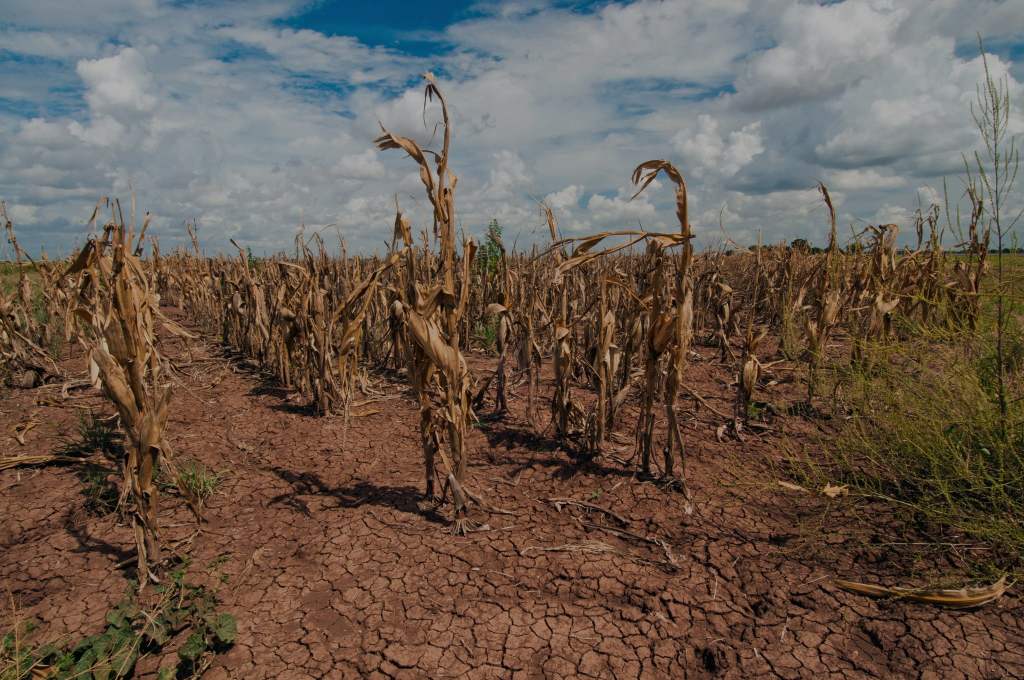
Flooding in the United States has also seen extreme instances, with Houston experiencing severe flooding due to torrential rainfall in May 2024 that required the rescue of more than 600 people[11]. Europe’s deadliest flood since 1985 occurred in July 2021, when 240 people died, and damages amounted to $43 billion in Western Germany and Eastern Belgium[9].
Prolonged Droughts
Severe Drought Conditions

From 2020 to 2022, East Africa suffered its worst drought in 40 years, with five failed rainy seasons displacing 1.2 million people in Somalia alone. Climate change has made such droughts at least 100 times more likely[3]. The Western United States, including California, has also faced prolonged droughts, significantly lowering water levels in major reservoirs like Lake Mead and affecting agricultural productivity[10].
Devastating Wildfires
Record-Breaking Wildfires
In 2020, Australia experienced one of its most devastating wildfire seasons, known as the 'Black Summer,' causing at least 34 fatalities and affecting millions of residents with hazardous air quality. The fires destroyed nearly 6,000 buildings and burned vast tracts of land[2]. Similarly, in 2023, Canada faced its worst wildfire season ever, exacerbated by hot, dry, and windy conditions, consuming millions of hectares of forest[12].
Powerful Storms and Cyclones
Hurricanes and Tropical Cyclones
The 2020 Atlantic Hurricane Season was the most active on record, with 30 named storms. La Niña conditions contributed to the formation of many of these hurricanes, although their intensity was driven mainly by the warming ocean temperatures due to climate change[2]. Hurricane Ida in 2021 caused $75 billion in damages, making it one of the costliest hurricanes in history[9].
Tornadoes and Severe Storms
In December 2021, the U.S. experienced its deadliest tornado outbreak for any December, with 69 confirmed tornadoes resulting in at least 90 fatalities and extensive damage[9]. The frequency and intensity of such severe storms are expected to rise with climate change.
Global Impact and Future Projections
Increasing Frequency and Severity

Data shows that the world has warmed by 0.25°C over the last decade, leading to more frequent and severe weather extremes. An average of 1 in 4 rainfall records in the past decade can be attributed to climate change[2]. The IPCC’s Sixth Assessment Report highlights that human-caused greenhouse gas emissions are increasing the frequency and intensity of extreme weather events[5].
Compound Events
Extreme weather events are increasingly occurring in combination, such as heatwaves and droughts or heavy rainfall and rising sea levels, exacerbating their impact. For instance, Japan experienced its hottest summer on record in 2021, with urban heat islands amplifying the extreme temperatures[12].
Long-Term Projections
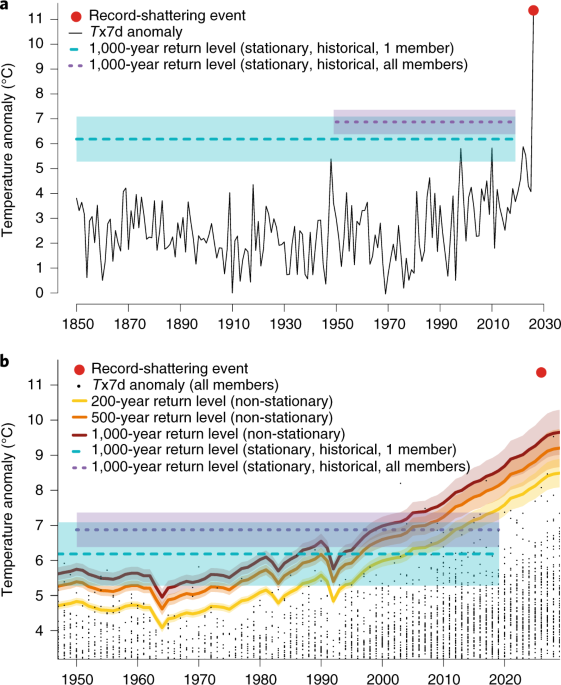
Studies suggest that as global temperatures continue to rise, the probability of record-shattering extremes will increase significantly. High-emission scenarios project that such events, breaking records by three or more standard deviations, could become up to 21 times more probable by 2051-2080 compared to the last three decades[4].
Adaptation and Mitigation Efforts
Climate Change Mitigation
Researchers emphasize the need for immediate action to mitigate climate change by reducing greenhouse gas emissions. Technological advancements and policy reforms are crucial in curbing future risks[5]. Efforts are also underway to enhance global climate models to better predict and respond to these extreme weather events.
Conclusion
In summary, the most extreme weather conditions on Earth—record high and low temperatures, intense rainfall, prolonged droughts, devastating wildfires, and powerful storms—are occurring more frequently and with increased severity due to climate change. Immediate and sustained global efforts are essential to mitigate these impacts and adapt to an increasingly volatile climate[1][2][3][4][5][6][7][8][9][10][11][12].
Let's look at alternatives:
- Modify the query.
- Start a new thread.
- Remove sources (if manually added).
- Request a manual search from our human research team.
In the realm of artificial intelligence, particularly in computer vision, segmentation tasks are crucial for a better understanding of images. Meta AI Research introduced an innovative model, the Segment Anything Model (SAM), aimed at transforming image segmentation. This blog post breaks down SAM's functionality, its deployment, and its remarkable capabilities.
Overview of Segment Anything

The SAM project revolves around creating a foundation model specifically designed for segmentation tasks in images. SAM distinguishes itself by being able to interact with various inputs to output segmentation masks in real-time, dealing with ambiguity effectively. The core concept is to empower users with a promptable segmentation task, allowing the model to generate relevant segmentation masks based on either specified prompts or automated methods.
The team at Meta initiated this extensive project due to limitations seen in large-scale segmentation, especially concerning the need for vast annotated datasets. SAM utilizes a massive dataset dubbed SA-1B, which contains over 1 billion masks generated from 1 million images. This dataset includes high-resolution, licensed images that consider privacy concerns, ensuring ethical practices in data usage.
Architecture and Functionality
SAM is powered by a heavy-weight image encoder that enhances segmentation capabilities. It operates through three primary components: an image encoder, a prompt encoder, and a mask decoder. The image encoder processes the input image, while the prompt encoder assists the model in responding to various prompts, leading to the generation of high-quality masks. These masks allow for precise object identification and separation in images, making it invaluable for myriad applications ranging from autonomous vehicles to professional photo editing.
One of the standout features is SAM's versatility in adapting to various segmentation tasks without the need for fine-tuning. This zero-shot learning ability allows SAM to generate segmentation masks for new and unseen tasks effectively. By prompting SAM with different types of input, users can retrieve accurate segmentation masks that identify foreground objects regardless of the complexity of the image.
Training and Innovation
The training process for SAM involved unique methodologies that deviate from traditional methods. Instead of having a rigid training protocol, SAM was trained using multiple data collection methods to ensure a robust and diverse training set. These methods include assisted manual annotations, semi-automatic annotations, and fully automatic mask generation. This multifaceted approach ensures the model is exposed to a variety of tasks and real-world data.
Moreover, the team conducted extensive experiments to evaluate SAM's performance across different datasets and prompts. They compared SAM against existing state-of-the-art models in segmentation and consistently found that it significantly outperformed them. This is confirmed through empirical analysis, where SAM demonstrated superior performance in generating high-quality masks across various scenarios, proving its reliability and efficiency in different applications.
Addressing Challenges in Segmentation
Despite its capabilities, SAM acknowledges certain challenges present in the field of image segmentation. The model is built to recognize potential biases that arise during the segmentation process, particularly when handling ambiguous prompts. To address this, SAM can refine its outputs through a mechanism that focuses on additional relevant input points to enhance model accuracy.
Furthermore, SAM's design accommodates different user requirements, ensuring flexibility in various applications. It can be integrated into systems that require real-time image segmentation, proving invaluable for fields such as robotics, autonomous driving, and medical imaging.
Real-World Applications and Future Prospects
The implications of SAM extend far beyond academic research. It has significant potential in commercial applications, including e-commerce, automated inspection, and personalized content generation. As organizations increasingly depend on advanced machine learning models for image recognition and processing, SAM stands out for its practical efficiency and reliability.
Meta intends to continue improving SAM with further research, aiming to enhance its capabilities and broaden its applicability. Future iterations may include more sophisticated ways to generate segmentation masks, catering to complex use cases that demand even higher accuracy.
In conclusion, the Segment Anything model is a pioneering approach to image segmentation that has the potential to redefine how machines interpret visual data. With its groundbreaking methods, SAM not only enhances accuracy but also addresses many of the challenges in current segmentation technologies, establishing a solid foundation for future innovations in computer vision.

Let's look at alternatives:
- Modify the query.
- Start a new thread.
- Remove sources (if manually added).
- Request a manual search from our human research team.
Spirited Away
A coming-of-age fantasy film by Hayao Miyazaki about a girl named Chihiro who navigates a magical spirit world to save her parents, showcasing deep emotional themes and stunning visuals[9].
Howl’s Moving Castle
A fantasy adventure where a young woman is cursed and seeks the help of a wizard, touching on themes of love and self-discovery[2][8].
My Neighbor Totoro
A heartwarming story of two sisters who befriend a magical forest spirit, perfectly blending childhood innocence with elements of fantasy[5][8].

Kiki’s Delivery Service
A coming-of-age tale about a young witch working in a new town, exploring themes of independence and personal growth through a magical lens[9].

The Secret World of Arrietty
An enchanting adaptation about tiny people living secretly in a human household, focusing on friendship and resilience[2][6].
The Boy and the Heron
A 2024 film by Miyazaki that integrates themes of loss, family, and fantastical elements, serving as a beautiful reflection on life[3].

The Girl Who Leapt Through Time
A time-travel adventure about a girl discovering her new powers, which leads to important life lessons about responsibility[6][7].
Princess Mononoke
A darker, more complex narrative addressing the conflict between nature and human industry, exploring environmental themes[8][9].

The Tale of the Princess Kaguya
A visually stunning film that recounts the story of a luminous princess, highlighting themes of beauty, love, and freedom[7][8].


Whisper of the Heart
A subtle coming-of-age romance focusing on artistic aspirations and youthful dreams, characterized by its well-developed characters[4][6].

Wolf Children
A story about a woman raising her half-werewolf children in the countryside, exploring themes of motherhood and identity[7].
Howl’s Moving Castle
Another magical tale involving a cursed girl, filled with elements of war, love, and personal evolution[5][8].

Grave of the Fireflies
A heartbreaking story set in WWII Japan, focusing on two siblings' struggle for survival, offering deep emotional impact[6][8].

Nausicaä of the Valley of the Wind
A post-apocalyptic adventure showcasing a princess's attempts to reconcile nature and civilization[5][8].

The Cat Returns
A whimsical adventure about a girl who saves a cat only to find herself engaged to a cat prince, full of charming cat antics[6][8].
A Letter to Momo
A magical tale where a girl discovers yokai who help her navigate her new life after her father's death, blending the ordinary with the extraordinary[7].


Kubo and the Two Strings
A visually stunning stop-motion film about a boy on a quest to discover his legacy, rich with themes of family and bravery[7].

Into the Forest of Fireflies’ Light
A poignant love story between a girl and a yokai bound by a tragic curse, illustrating emotional and lyrical storytelling[6][9].
The Wind Rises
An animated biography of a plane designer that beautifully intertwines romance, creativity, and the impact of war on human life[3][4].
Let's look at alternatives:
- Modify the query.
- Start a new thread.
- Remove sources (if manually added).
- Request a manual search from our human research team.
Get more accurate answers with Super Search, upload files, personalised discovery feed, save searches and contribute to the PandiPedia.
The Stevenson family faced many dangers, including shipwrecks, storms at sea, and travel in uncharted areas[1]. Three violent deaths occurred in the family within about seventy years: Schir William was slaughtered in 1532, James was murdered in 1590, and Archibald was killed in 1608[1]. There were feuds and being suspected of being a French spy[1].
As engineers of the Northern Lights, the family faced perilous conditions to construct lighthouses[1]. They dealt with dangerous seas, scarcity of resources, and recalcitrant workers[1]. They also faced the risk of disease, as did Alan and Hugh Stevenson, who died of a fever[1].
Let's look at alternatives:
- Modify the query.
- Start a new thread.
- Remove sources (if manually added).
- Request a manual search from our human research team.
Let's look at alternatives:
- Modify the query.
- Start a new thread.
- Remove sources (if manually added).
- Request a manual search from our human research team.
Overview of the SpaceX Raptor 3 Engine Improvements

The SpaceX Raptor 3 engine signifies a major advancement in rocket engine technology, showcasing multiple enhancements over its predecessors. These improvements focus on increasing thrust, efficiency, and manufacturability while simplifying the design. This report synthesizes key insights into the main enhancements of the Raptor 3 engine.
Increased Thrust and Specific Impulse
One of the most significant improvements in the Raptor 3 is its increased thrust capability. The engine produces a whopping 280 tons-force (tf) at sea level, representing a 51% increase from Raptor 1 and a 21% increase from Raptor 2[3][1]. Further iterations of the engine may potentially exceed 300 tf, suggesting ongoing enhancements in power output[3][1]. The specific impulse of Raptor 3 has also been improved to 350 seconds, marking a focus on efficiency which allows for greater payloads and improved mission capabilities[3][1].
Weight Reduction and Structural Simplification
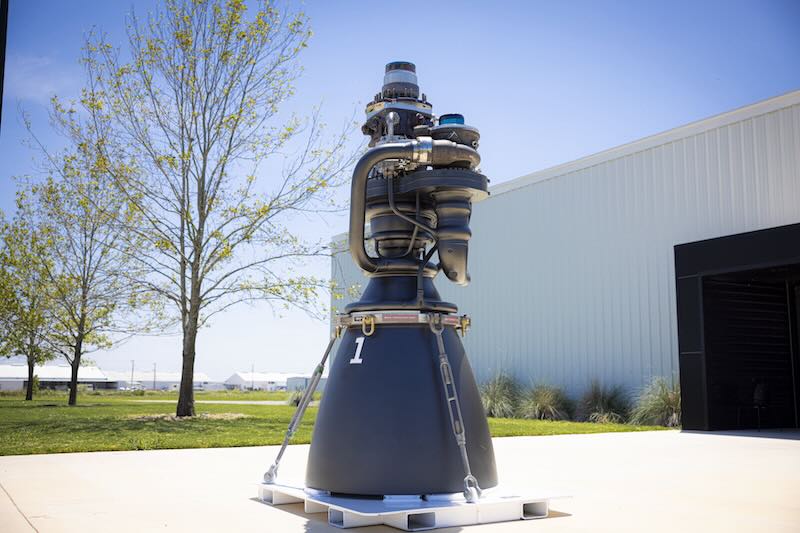
The Raptor 3 engine reflects a concerted effort to reduce weight, coming in at 36% lighter than Raptor 1 and 7% lighter than Raptor 2, with a total weight of 1,525 kg[3][1]. This weight reduction is largely attributed to a streamlined design that eliminates unnecessary components, resulting in fewer parts and simplified manufacturing processes[11][10]. The elimination of the heat shield is particularly notable, as the Raptor 3 engine utilizes regenerative cooling instead, which enhances not only its structural integrity but also its efficiency[6][2].
Enhanced Cooling Mechanisms
The integration of advanced cooling technologies in Raptor 3 is another critical improvement. The engine boasts integrated cooling channel walls, allowing for more effective thermal management[4][1]. This development leads to a streamlined appearance and maintains high efficiency even at higher operational loads. The regenerative cooling system replaces the need for a traditional heat shield, further simplifying engineering requirements and reducing overall mass[5][10].
Design Innovations
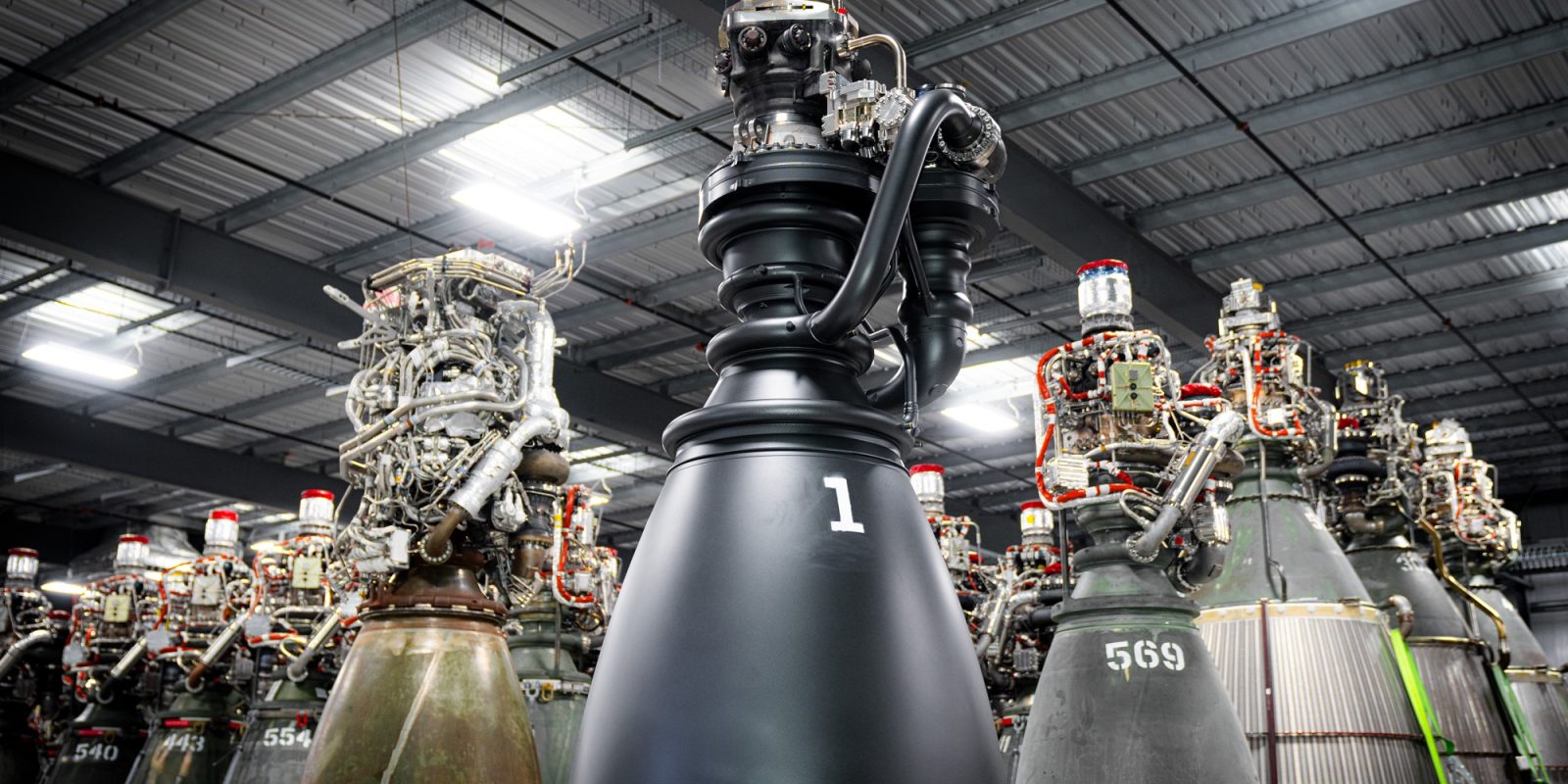
SpaceX has emphasized a design philosophy that incorporates simplicity in Raptor 3, a shift from the complexity seen in earlier versions[4][2]. The integration of components, such as secondary plumbing into the main pump, contributes to a lighter engine while improving reliability[4][1]. This includes a reduction in bolted joints, which enhances structural integrity and simplifies servicing[7][1]. Musk himself described Raptor 3 as having a 'simpler-looking' design compared to previous models, reflecting a trend towards minimizing complexity without sacrificing performance[6].
Manufacturing Efficiency
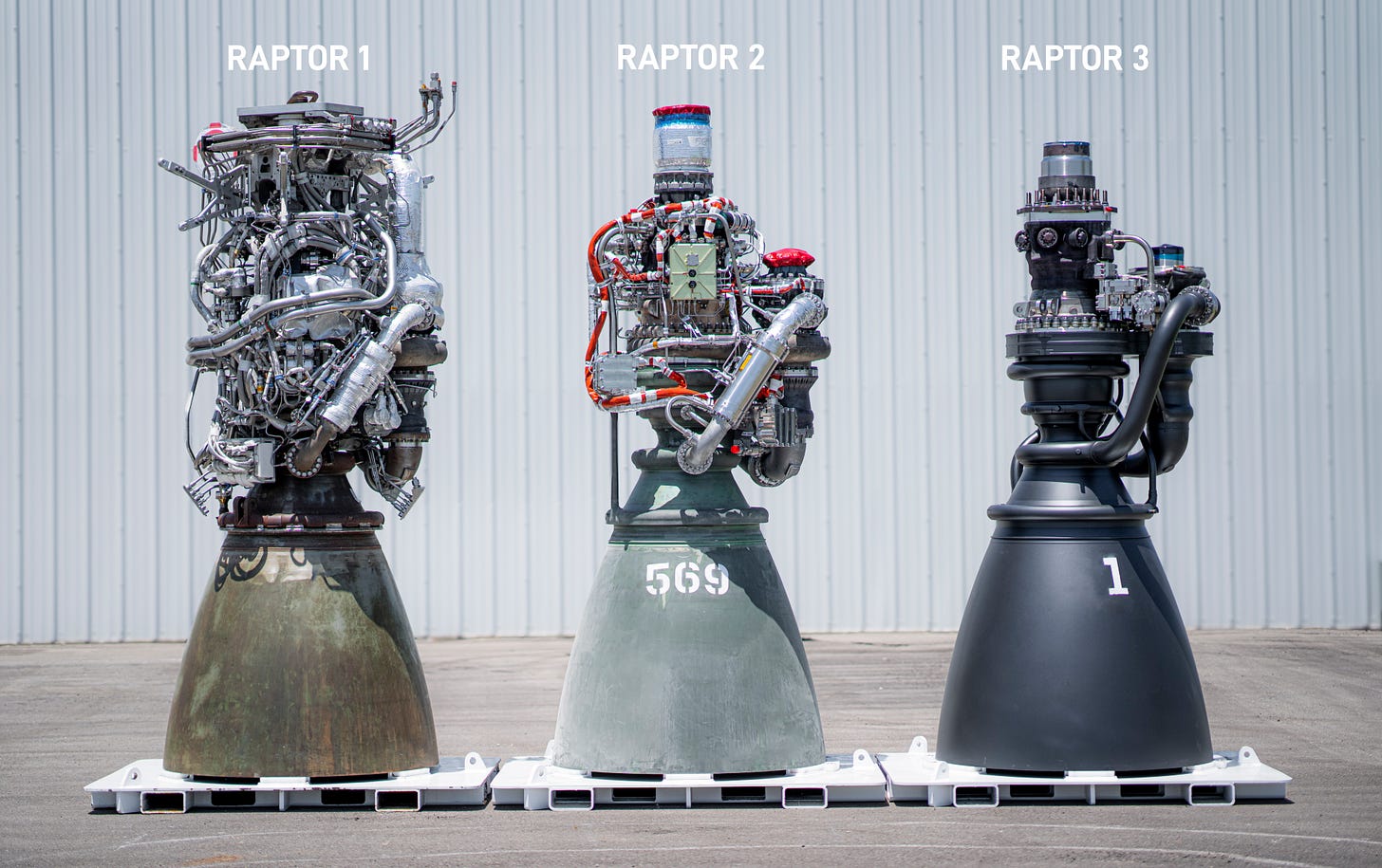
The improvements in the Raptor 3’s design facilitate enhanced manufacturability. SpaceX aims to streamline production processes and cut down on costs associated with manufacturing[11][10]. The adoption of advanced manufacturing techniques such as 3D printing is likely being employed to tackle the challenges posed by intricate cooling channels and components[4].
The foundational approach of 'no part is the best part' suggests a significant reduction in assembly requirements, indicating that fewer parts lead to faster production and potentially lower costs[10]. This commitment to manufacturing efficiency aligns with SpaceX’s broader goal of increasing flight frequency for its Starship system.
Future Prospects

Elon Musk has indicated that while Raptor 3 is an impressive achievement, there is still substantial potential for future improvements, including an additional 8-10% increase in thrust through subsequent iterations[3][1]. This visionary outlook underscores SpaceX’s dedication to pushing the boundaries of rocket propulsion technology.
Conclusion
In conclusion, the SpaceX Raptor 3 engine embodies a significant leap forward in rocket technology through a combination of increased thrust, weight reduction, advanced cooling mechanisms, innovative design, and enhanced manufacturing efficiencies. These improvements not only set new standards for the performance of rocket engines but also align with SpaceX’s objectives for rapid reusability and cost effectiveness in launching missions to space. The Raptor 3 engine demonstrates how thoughtful engineering and design philosophy can lead to groundbreaking advancements in aerospace technology.
Let's look at alternatives:
- Modify the query.
- Start a new thread.
- Remove sources (if manually added).
- Request a manual search from our human research team.
Inflation is significantly impacting housing markets globally. As borrowing costs increase, many consumers have less disposable income for purchasing homes, resulting in a slowdown in house price growth. High mortgage rates have contributed to this decline, making buyers more cautious about spending on more expensive properties, particularly in the US and other advanced economies, where inflation rates remain elevated[3][4].
Moreover, inflation also affects the costs of construction and land, driving up prices for new properties. However, rising rents may continue to align with inflation, providing some relief for property owners despite the overall challenges in the market[4][3].
Let's look at alternatives:
- Modify the query.
- Start a new thread.
- Remove sources (if manually added).
- Request a manual search from our human research team.
